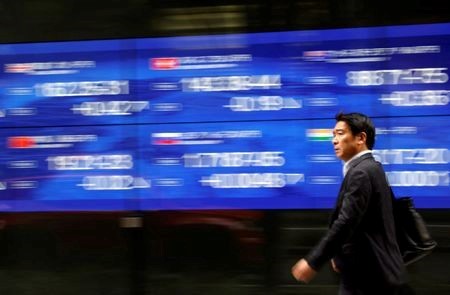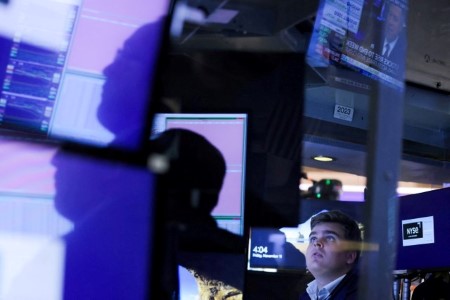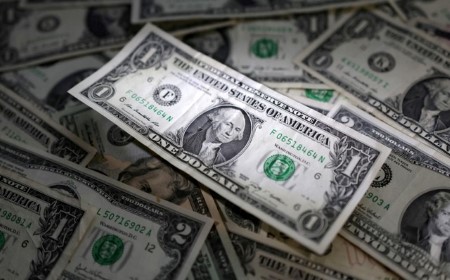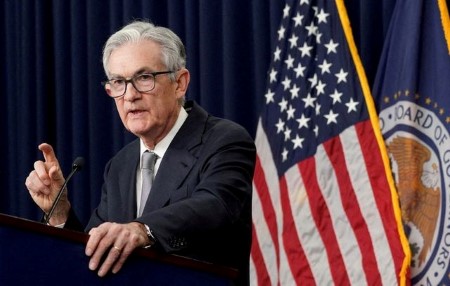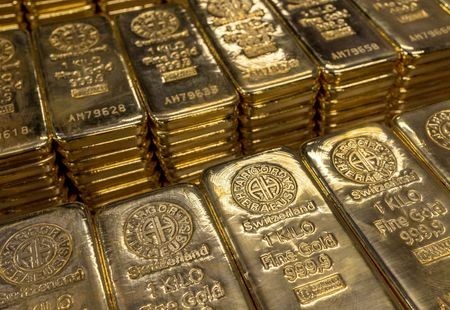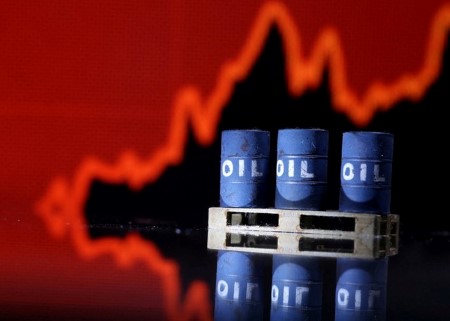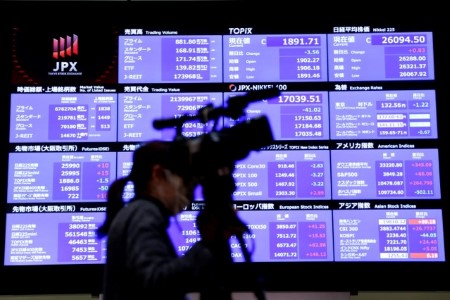Dec 4 – Gold edged down after scaling a record high on Monday, with growing confidence that the US Federal Reserve would cut interest rates early next year, keeping bullion well above USD 2,000.
Spot gold slipped about 0.1% at USD 2,069.86 per ounce by 1203 GMT. US gold futures also fell 0.1% to USD 2,088.90.
“If signs of low interest rates become more evident, gold should continue to soar next year. Yet, the price of the precious metal will not move in a one-way street upwards,” with technical indicators suggesting the market has overheated, said Alexander Zumpfe, a precious metals trader at Heraeus.
While there may be short-term profit-taking, “this doesn’t change the fact: The sentiment for gold is positive,” he added.
Keeping gold’s gains in check, the dollar index edged up 0.1%, making bullion more expensive for other currency holders.
Earlier in the Asian session, gold jumped nearly 2% to a record high of USD 2,111.39 on renewed expectations of a rate cut following Federal Reserve Chair Jerome Powell‘s comments on Friday.
Traders are now pricing in a 70% chance for a rate cut by March, CME’s FedWatch Tool showed. Lower rates reduce the opportunity cost of holding bullion, which yields no interest.
However, “in the near term, gold could fall below USD 2,000/oz if earlier Fed pricing proves too aggressive. Ultimately, we are buyers on dips and forecast USD 2,250/oz by end-2024,” UBS said in a note.
Comex gold speculators raised net long position by 29,517 contracts to 144,410 in week to Nov. 28, data from the Commodity Futures Trading Commission showed on Friday.
Traders now await the U.S. non-farm payrolls numbers on Friday, which could help further gauge the interest rate outlook, after data last week pointed towards cooling inflationary pressures and a gradually easing labour market.
Silver XAG= slipped 0.1% to $25.17 per ounce, palladium fell 1.1% to USD 989.07, and platinum dipped 0.5% to USD 928.42.
(Reporting by Anjana Anil in Bengaluru, Additional reporting by Ashitha Shivaprasad, Harshit Verma, and Anushree Mukherjee; Editing by Varun H K and Sohini Goswami)







 DOWNLOAD
DOWNLOAD





